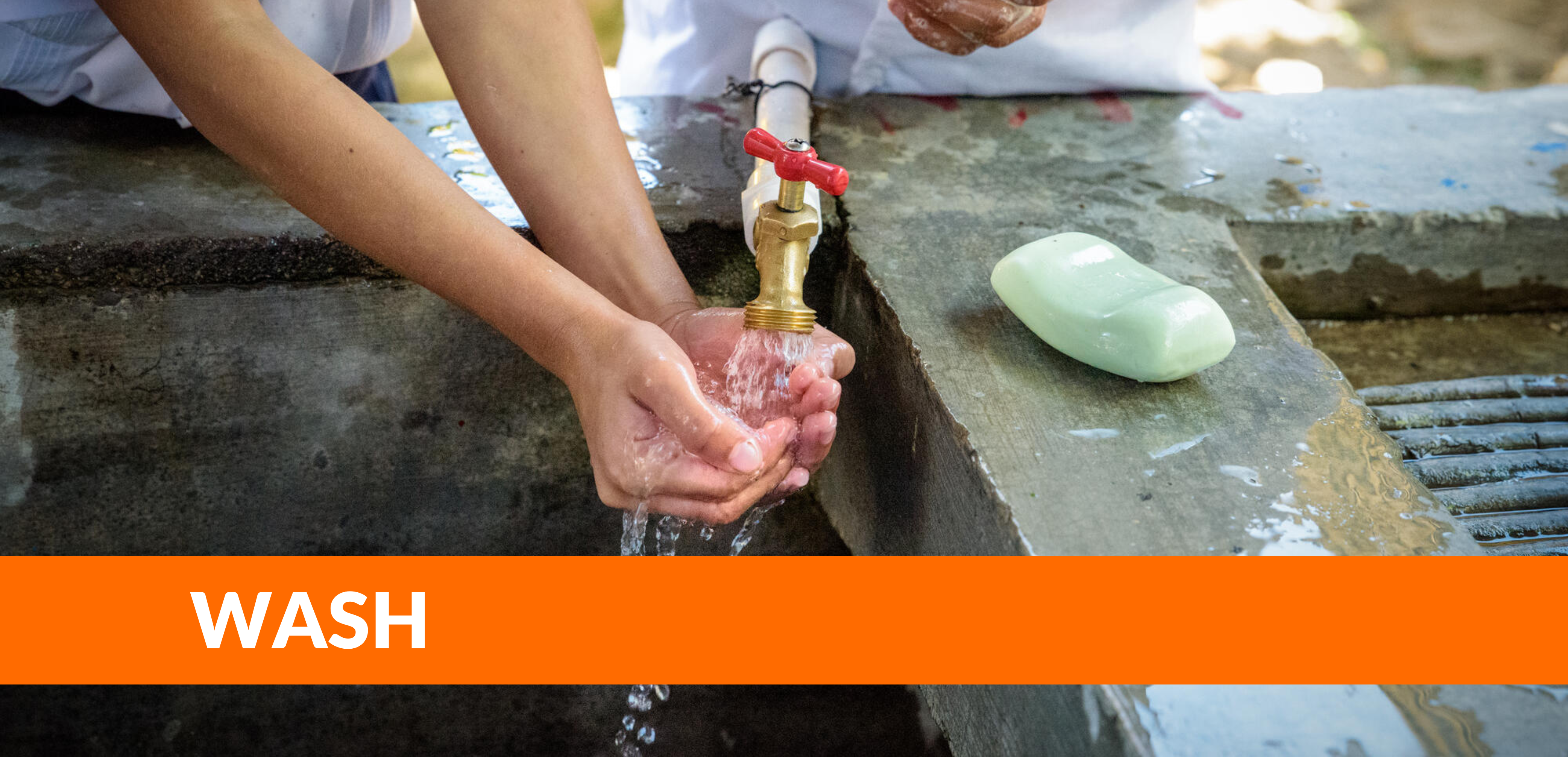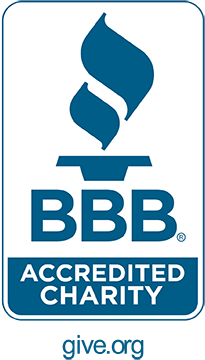Abstract:
Healthcare provider (HCP) satisfaction is important for staff retention and effective health service delivery. Inadequate resources, understaffing, and ineffective organizational structure may reduce HCP satisfaction in low- and middle-income countries (LMICs). Some qualitative studies have described links between environmental conditions and job satisfaction in HCPs; however, few studies have explored this link using survey data. This study explores associations between HCP satisfaction and water, sanitation, and hygiene (WaSH) infrastructure, cleanliness, and infection prevention and control (IPC) practices in rural healthcare facilities (HCFs) in LMICs.
This study analyzes 2002 HCFs in rural areas of 14 LMICs. Generalized linear mixed-effects logistic regression models were used to analyze the association between HCP satisfaction, WaSH infrastructure, and cleanliness and IPC practices.
Most respondents reported that they were unsatisfied with water (65%), sanitation (68%), and hygiene infrastructure (54%) at their HCF. Insufficient supply and poor quality of WaSH resources were the most commonly reported reasons for provider dissatisfaction. Respondents were less likely to report dissatisfaction with cleanliness and IPC practices (36%). Dissatisfaction with cleanliness and IPC were most reported because patients and staff did not wash their hands at the correct times or with proper materials, or because the facility was not clean. Several characteristics of the WaSH environment were significantly associated with provider satisfaction at their HCFs, including acceptable water quality, readily available supply of water (on premises and improved), accessible supply of WaSH infrastructure to people with reduced mobility, accessible supplies of sanitation and hygiene materials, and sufficient training and budgeting for WaSH or IPC needs.
Article from:
International Journal of Hygiene and Environmental Health
Volume 236, July 2021, 113802





